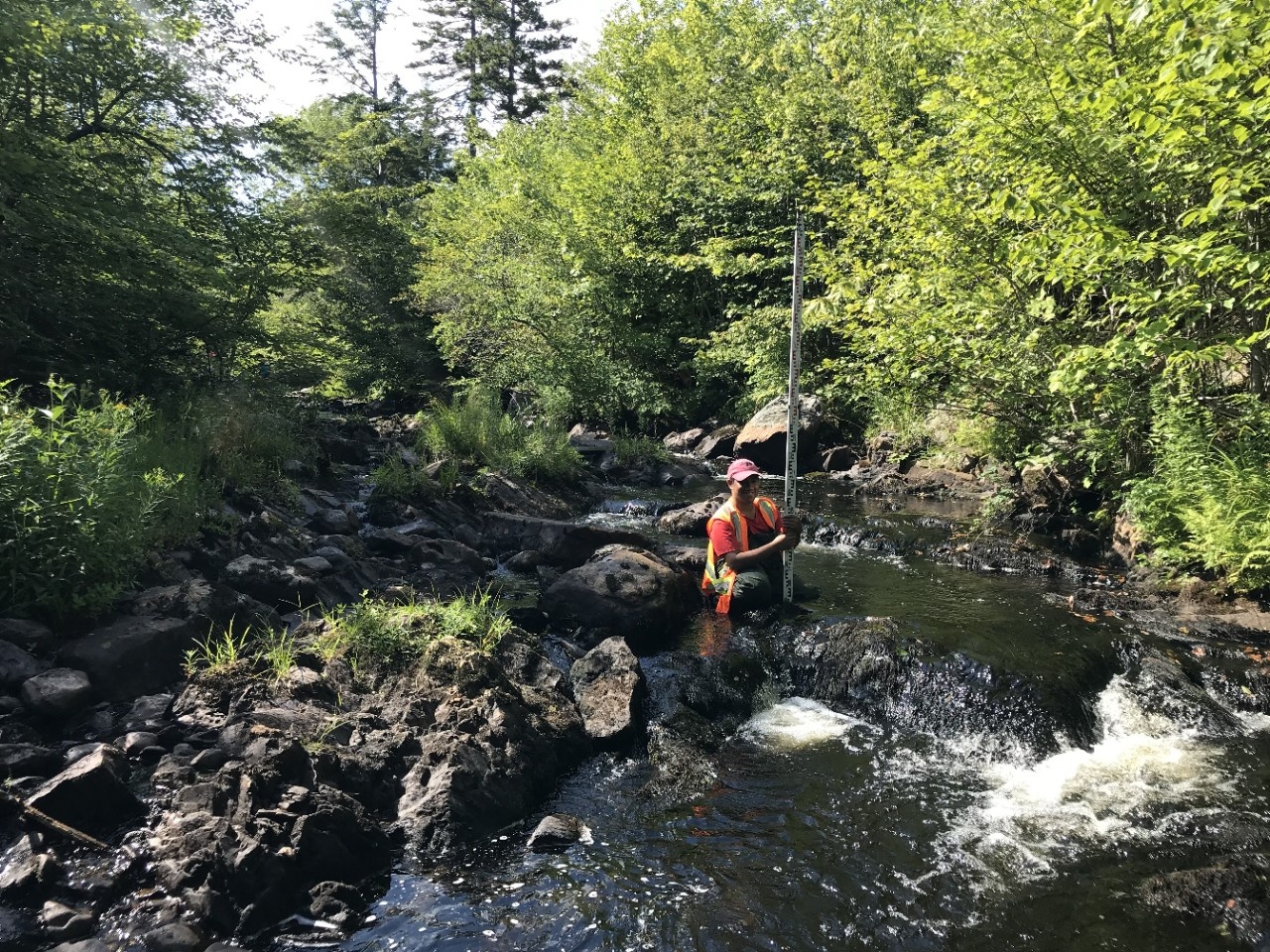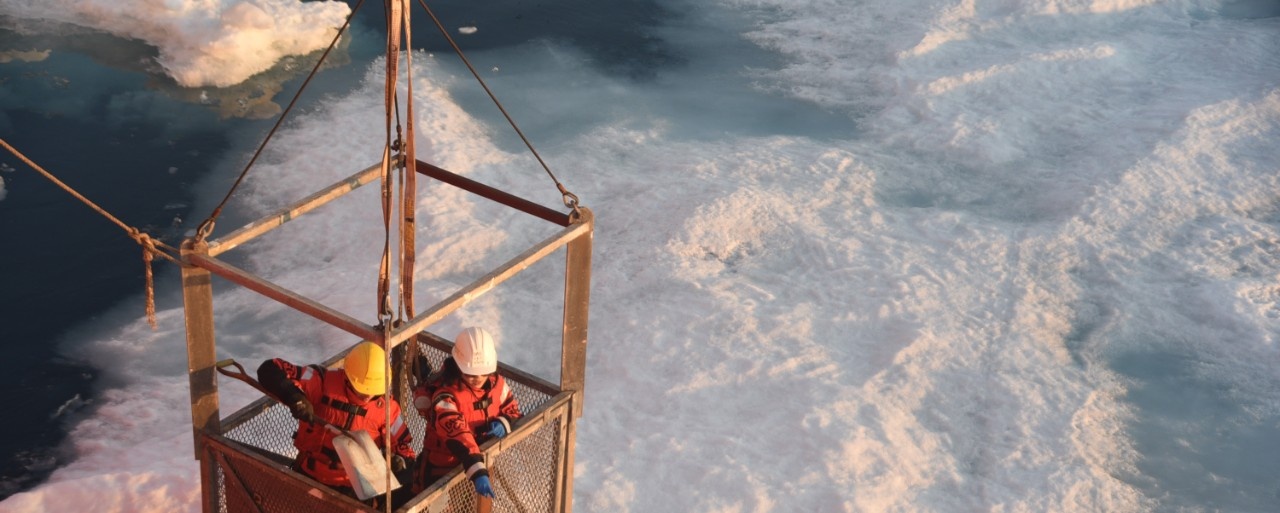ENVS3001 Environmental Science Field School

Ìı
ENVS3001 is a third-year 2-week course held the last two weeks of August, including one weekend.
Ìı
What will I learn in this course?
Daily field trips introduce methods used in environmental science and environmental processes at diverse sites within Nova Scotia. The course also includes full-day trips from Halifax and a four night/five day trip to Camp Mockingee near Windsor, NS with day trips to Kejimukujik National Park.
Students will have the opportunity to:
- Use navigational tools such as compass, GPS, and other mapping toolsÌı
- Conduct a range of field methods used to monitor biological populations and ecosystemsÌı
- Identify relevant ethical issues when conducting field work with wildlifeÌı
- Carry out standard methods used to describe forest ecosystems
- Carry out standard methods to monitor freshwater ecosystems
- Create a taxonomic key
- Work effectively in a teamÌı
- Demonstrate best practice for writing field notesÌı
- Analyze field data
- Implement two-eyed seeing into your Environmental Science work
- Develop a deeper personal connection with the natural world in Miâkmaâki
- Communicate findings with peers through an oral presentation
What are the expectations for this course?
For field exercises students will work in teams to complete sampling and projects. You will be expected to work collaboratively with your fellow students to complete coursework. For the first week of class, day trips will be within one hour of the Halifax Regional Municipality, and will involve hiking and being in the water (no deeper than waist height) or on shore. During the four night/five day trip to Camp Mockingee, students will be staying in cabins or tents. Students will be asked to share cabins but individual tents are also available. There will be showers available, and an indoor kitchen and eating area. The grade for the course is based on effective group work and participation, four knowledge quizzes, your field notebook, a field group report, creating a tree identification guide, and three smaller exercise-based assignments.
What do field course alumni have to say?
What do you remember most about the course?
âThe field trip to Keji. It was really fun. We had to wake up early every day and come back late, not really late, but the sun is almost set every day. But it's actually really fun because you stay with all of your friends, you make new friends, and for some people itâs the first time that they've been camping, where another person has been camping their whole life. It's such a great experience to hang out with a lot of friends and while doing and learning as well. So you don't feel like you're learning, you feel like you're camping.â â Ince Wisawakornsakow
âThe reason that it was so good was that we got to spend lots of time with one another and with the Professor, and for the research project we worked with a group the whole time and got to know one another much better than in a typical course. We did the big research project in aÌı few days with the smaller group and it was super collaborative and very immersive because it was the only thing that you were working on for the length of that section, so you do really get into it.â â Chiara Ferrero-Wong
Ìı
What does a typical day in this course look like?
âThe course is divided into two halves; it is a 2-week course and the first week you spend around campus and the Halifax area doing day trips. There are a couple of days in a classroom at the school going over content, then for the second half of the day we would go out. Places we visited included Point Pleasant, the Quad, we also got our CABIN certification which was really cool!
For the second week we were in Kejimkujik National Park and before that we spent time prepping for the Keji trip. While we were at Keji we did a few days of field work at a site that had been affected by bush fire, looking at how the forest regenerated after forest fire. We also learned about different things in the Park, and a Park Ranger showed us around and talked to us about invasive species. The Keji trip was fun too because we got to cook meals for everyone, we went swimming, and had some down time.â â Chiara Ferrero-Wong
Do you have any tips for students heading into this course?
âI would say keeping on top of the readings and the material; it's pretty manageable. The Professor definitely breaks it into bite-sized chunks. But you need to come into each day prepared. So, for example, if you're someone that has a job or is working, you might have to consider budgeting your time in a certain way, because it's kind of intensive for those two weeks that you are in class all day and then you really do need to put in a few hours every night to study the material and really make sure you're up to date on the readings. So I'd say just make sure that youâre committed to that course for the two weeks to really engage with the material and that's how you're going to get the most you can as well as just enjoying it because it's a really good opportunity to make connections in the program.â â Julia Fast
Looking for a sneak peek of the kinds of assignment in this course? Here is an example:
Sample assignment:Ìı
More information, including the most recent course syllabus, can be found under âThird Year Coursesâ: /faculty/science/earth-environmental-sciences/programs/undergrate-studies/courses-offered--environmental-science-.html
Ìı
ENVS2500 Field Methods in Environmental ScienceÌı
ENVS3001 Environmental Science Field School
New to field courses, field work, or outdoor pursuits?ÌıHere are some helpful resources.Ìı
